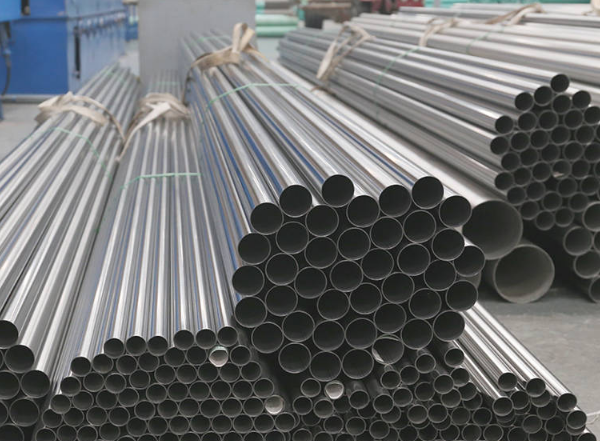
Reasons and Precautions for Pickling of Stainless Steel Pipes
Why the stainless steel pipe need pickling?
The stainless steel pipe will form an oxide film when placed in the air, but the protection of this film is not perfect. The surface of the stainless steel is corroded by an average thickness of 10μm by pickling. The chemical activity of the acid makes the defect part dissolve. The rate is higher than that of other parts on the surface, so pickling can make the entire surface tend to be evenly balanced. More importantly, through pickling passivation, iron and iron oxides are dissolved preferentially than chromium and chromium oxides. The chromium-poor layer enriches the surface of stainless steel with chromium, and produces a complete and stable passivation film on the surface under the passivation of an oxidant. The potential of this chromium-rich passivation film can reach +1.0V (SCE), which is close to the potential of noble metals and improves Improved the stability of anti-corrosion.

Precautions for pickling of stainless steel pipes:
After solution annealing, the stainless steel pipe needs to be pickled to remove the oxide scale on the surface. However, the pickling of the stainless steel pipe should be adequate. Do not over pickle in order to pursue the bright surface of the stainless steel pipe.
Because the pickling solution can make the stainless steel welded pipe get a silver-white smooth surface within the proper passivation time, but if the stainless steel pipe is soaked in the pickling solution for too long, frost-like, cloud-like erosion, and even It is severe pitting corrosion. Moreover, excessive pickling will also cause the chemical composition of the welded pipe to be substandard. From the electrochemical theory, a reasonable pickling passivation is a process in which the positive plate dissolves rapidly to produce a passive film on the surface and transform it into a passive state of the positive plate. If the pickling continues, due to the decrease in acidity of the pickling solution and the increase in iron ion concentration, the passive positive plate may be activated in a local area, that is, excessive passivation or trans passivation.
In addition, care should be taken to avoid oil stains on the welded pipe before pickling. In the case of oil stains, the grease must be removed before pickling. The pickling solution in use also needs to be kept clean, and impurities and dirt at the bottom need to be cleaned regularly, and acid solution should be added in time to avoid excessive metal salt concentration.
Tips: 316 stainless steel has good welding performance. All standard welding methods can be used for welding. During welding, 316Cb, 316L or 309Cb stainless steel filler rods or welding rods can be used according to the application. In order to obtain the best corrosion resistance, the welded section of 316 stainless steel needs to be annealed after welding. If 316L stainless steel is used, post-weld annealing treatment is not required.


